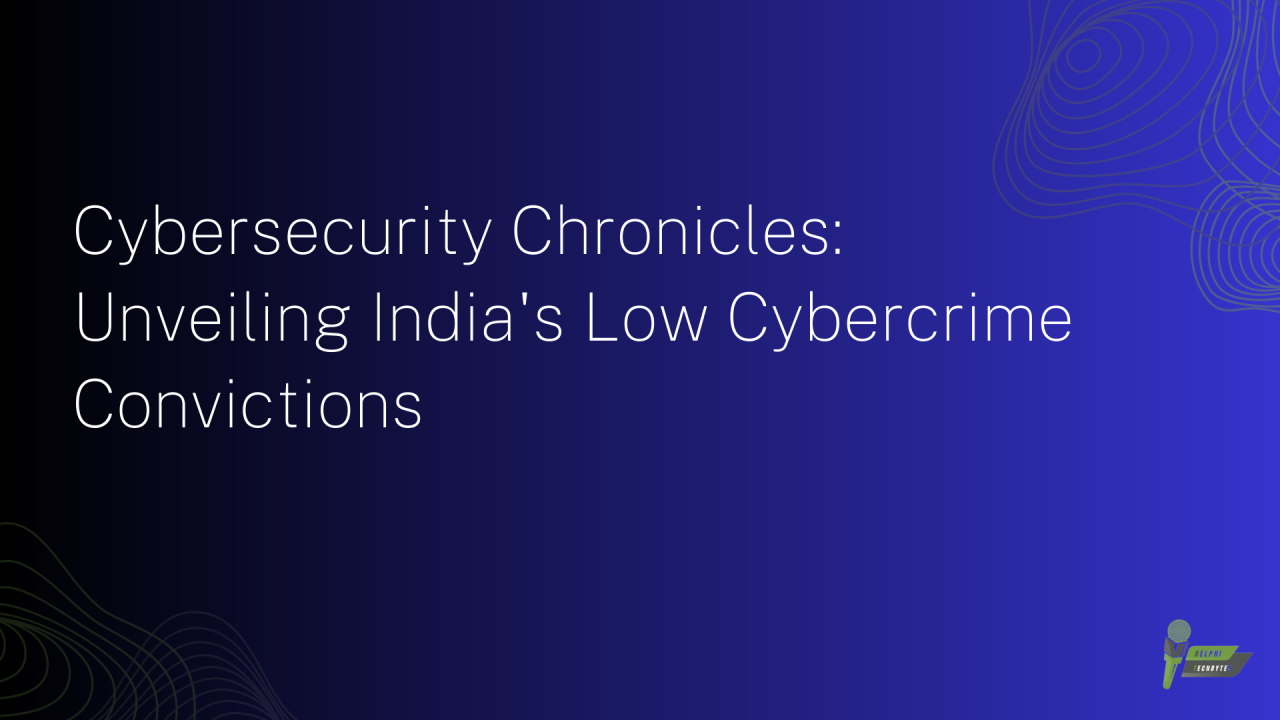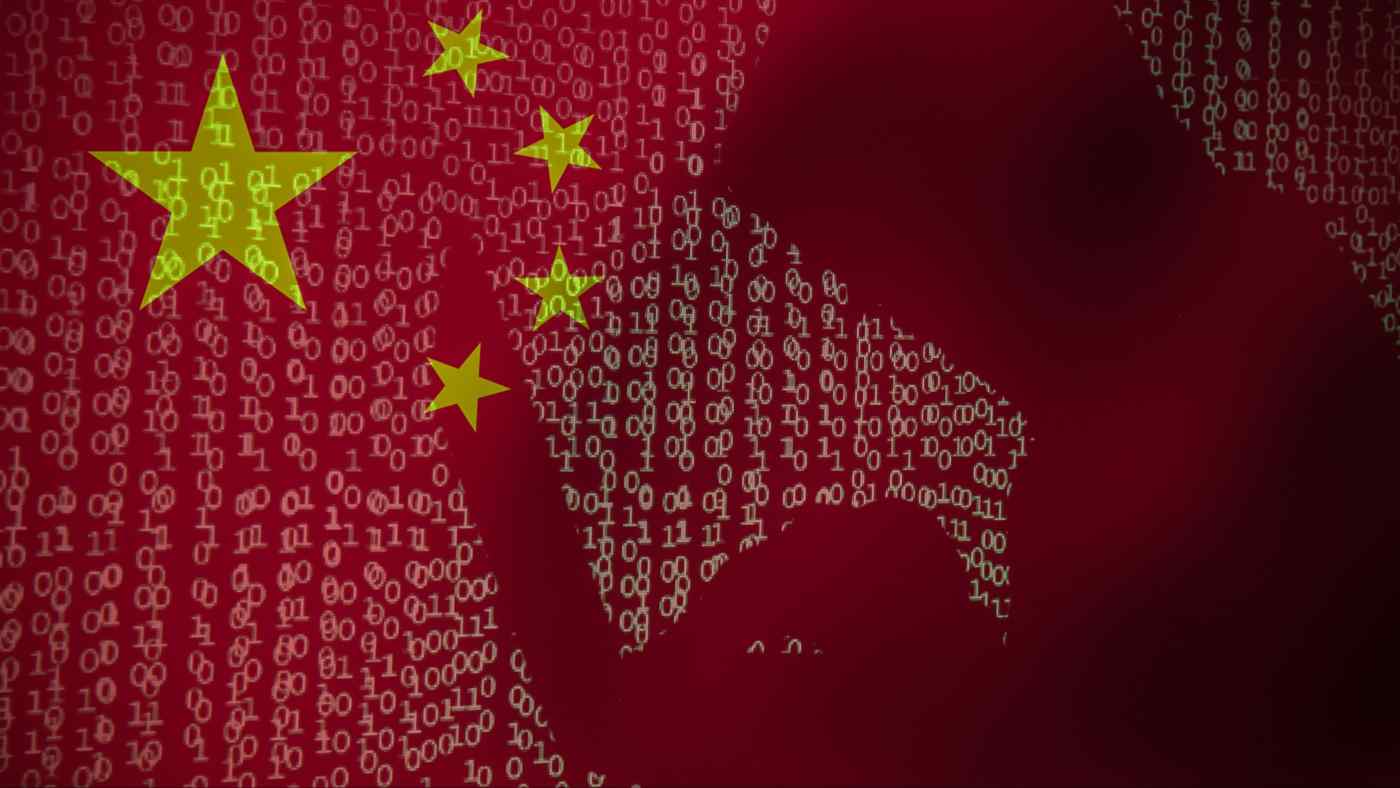William Gibson, a science fiction writer, coined the term “Cyberspace” in 1982. He introduced it in his short story “Burning Chrome.”
The concept of cyberspace became a cornerstone in exploring digital landscapes. William Gibson’s vision was a prophetic glimpse into the interconnected world long before the internet permeated everyday life. In his groundbreaking 1984 novel “Neuromancer,” he further popularized the term.
Today, cyberspace is an integral part of the modern lexicon, describing the vast, invisible terrain where computer networks intersect. It’s where billions of users interact daily, and businesses grow their digital presence. Cyberspace is no longer a speculative idea but a crucial domain of contemporary society mirrored by real-world interactions and economies. Understanding its origin and evolution is vital for industries, policymakers, and individuals navigating the digital era.
The Birth Of Cyberspace
The birth of cyberspace marks a revolution in how humans interact with technology. It’s a concept that has not only transformed the digital world but also altered our physical reality. This term, deeply embedded in our everyday language, has an origin story that intertwines with the creative realms of science fiction.
Early Visions Of A Computer-connected World
Long before ‘cyberspace’ was ever spoken, writers and visionaries imagined a world connected by computers. Their forethought paved the way for the term’s birth. This early vision showcases the human drive to merge life with technology, predicting a tightly interconnected digital space.
- Advanced global networks in science fiction set the stage for today’s internet.
- Digital communication concepts appeared as early as the 1940s.
- Stories featured centralized data hubs akin to modern cloud computing.
The Literary Roots Of Cyberspace
‘Cyberspace’ debuted in a burst of neon and noir. It first appeared in a work of fiction, linking its etymology to the realm of literary creation. A single author crafted the term, painting a picture of a digital landscape that decades later, we navigate daily.
| Author | Title | Year |
|---|---|---|
| William Gibson | “Burning Chrome” | 1982 |
| Gibson’s descriptive prowess coined ‘cyberspace’ in his short story. | ||
In his novel “Neuromancer”, Gibson explored cyberspace further. This term defined a new virtual frontier—a “consensual hallucination” experienced by millions. Kindle the imagination of a connected digital universe, Gibson set the foundation for the internet as we know it.
William Gibson: A Visionary Writer
Imagine a world intertwined with digital landscapes. The man who first envisioned this is none other than William Gibson, the father of the term cyberspace. Gibson, through his extraordinary storytelling, brought to life a concept years ahead of its time, shaping the way modern society interacts with digital technology.
Gibson’s Background And Influences
William Gibson was born on March 17, 1948. His affinity for writing emerged early on. Diverse experiences molded his futuristic outlook. These experiences included his childhood in a technologically evolving era and an interest in counterculture.
- Birth: Conway, South Carolina
- Outlook: Influenced by science, literature, and the changing world
- Notable works: Mastered the cyberpunk genre
Neuromancer: The Novel That Introduced Cyberspace
“Neuromancer”, a masterpiece by Gibson, forever changed science fiction. Published in 1984, it painted a reality dominated by a global computer network. The term cyberspace leaped from the pages of this novel into the heart of digital culture. Characters navigating a virtual world seemed like fantasy; now, it mirrors our everyday life.
| Title | Neuromancer |
|---|---|
| Publish Year | 1984 |
| Significance | First use of the term “cyberspace” |
| Impact | Influenced technology and culture |
Defining Cyberspace
Cyberspace sounds like a realm beyond reality. It’s a space where we connect, share, and explore digital landscapes. Imagine a world inside computers, sprawling networks, and the internet. It’s here but also not here. That’s the charm of cyberspace. The term shapes our understanding of the internet. It’s crucial for the digital age.
From Science Fiction To Common Vernacular
The term cyberspace started in science fiction. It first appeared in a book by William Gibson. He wrote “Neuromancer” in 1984. In it, he envisioned a vast digital space. This space was a network of connected computers. People could navigate it like a physical place.
Today, cyberspace is part of daily language. We use it to talk about the internet. Kids know about cyberspace before they can even spell it. The leap from fiction to everyday talk is huge. It shows the power of imagination to shape our world. Gibson’s idea of a digital frontier is now common knowledge.
The Evolution Of The Term
The word cyberspace has grown over time. Its meaning has changed with technology. Early on, cyberspace meant hacking and virtual games. Now, it means so much more. It includes social media, online shopping, and cloud storage.
- 1980s: Cyberspace was for techies and hackers.
- 1990s: The internet boom made cyberspace familiar.
- 2000s: Smartphones took cyberspace to our pockets.
- 2020s: Now, cyberspace is everyday life. It’s work, play, and everything in between.
As devices get smarter, cyberspace expands. It’s now an inseparable part of human experience. We live parts of our lives there. We meet friends, learn, and build careers in cyberspace.

Credit: www.linkedin.com
Influences On Technology And Culture
The term ‘cyberspace’ is not just a word, but a vision that transformed our world. Coined by William Gibson, this concept now defines how we interact with technology and culture. It set the stage for our digital lives and shaped the development of the modern Internet. Gibson’s work sparked a new genre and visual style that continues to influence creators and technologists today.
How Gibson’s Cyberspace Shaped The Internet
William Gibson’s idea of cyberspace revolutionized our view of the internet. Before mainstream use, Gibson foresaw a networked, digital realm. His vision brought to life in his 1984 novel, “Neuromancer,” predates our current internet experience. He imagined a world where people, though their avatars, explored and interacted within a digital landscape.
Gibson’s cyberspace guided technological strides. Virtual Reality (VR) and Augmented Reality (AR) trace their roots to this idea. His concept pushed developers to create immersive experiences and interactive spaces online.
- Cyberspace became a goal for tech pioneers.
- It inspired user interface designs.
- Online communities expanded thanks to Gibson’s foresight.
Cyberpunk Culture And Aesthetic
Cyberpunk is a genre Gibson helped popularize. Its traits are now embedded in our society. This genre showcases advanced technology alongside a gritty, dystopian society. It offers a stark vision of a high-tech future that often warns of over-dependence on technology.
Media and fashion reflect cyberpunk’s influence. Films like “Blade Runner” and “The Matrix” show cyberpunk’s stylistic impact. Bold, neon-lit landscapes paired with hacker-focused narratives fuel these stories.
The cyberpunk aesthetic touches everyday culture too. It can be seen in:
- Video game designs.
- Music videos.
- Graphic novels and artwork.
Gibson’s cyberspace and cyberpunk vision shapes modern identity and self-expression. From the clothes we wear to the games we play, the term ‘cyberspace’ has become much more than a phrase; it’s a cultural phenomenon that continues to inspire the technology landscape and the cultural tapestry of our lives.
Cyberspace In Academic Discourse
The term ‘cyberspace’ has been pivotal in shaping digital theory. Academics analyze its impact on society and technology. This analysis helps us understand digital interaction.
Theorizing Cyberspace In The Digital Age
Academics delve into cyberspace complexities. They explore digital identity and network effects. Scholars propose theories to grasp cyberspace’s societal role.
- Digital identity creation
- Impact on human interaction
- Evolution of online communities
These topics reflect cyberspace’s influence on our lives. They provide frameworks for understanding our digital era.
Cyberspace And The Field Of Cybersecurity
Scholars connect cyberspace to cybersecurity. They highlight threats and defenses in our digital realm. Research in this area is critical for online safety.
| Cybersecurity Focus Area | Details |
|---|---|
| Digital Privacy | Keeping personal information safe online. |
| Data Integrity | Ensuring information remains unaltered. |
| Network Security | Protecting against unauthorized network access. |
The dialogue between cyberspace and cybersecurity is ongoing. It shapes practices that keep our digital interactions secure.
Cyberspace And The Law
Cyberspace, a term famously coined by William Gibson in his 1984 novel “Neuromancer,” refers to the virtual computer world. This imaginary realm has grown into a real component of daily life. As people increasingly live part of their lives online, the law has evolved to address the unique challenges that this new territory presents.
Legal Challenges In An Intangible Realm
Unlike the physical world, cyberspace exists without borders or clear-cut jurisdictions. This absence makes legal challenges complex. Legislators and legal professionals face unique issues such as:
- Defining Jurisdiction: Determining which laws apply can be tricky in a borderless space.
- Protecting Rights: Ensuring privacy and intellectual property rights requires constant adaptation.
- Addressing Crime: Cybercrime is borderless, raising questions about enforcing laws and cooperation between nations.
Cyber Law Evolution In Protecting Virtual Spaces
As cyberspace has grown, so too has the framework of laws governing it. This evolution is marked by significant milestones:
- The Computer Fraud and Abuse Act (1986): One of the first laws to tackle computer-related offenses.
- Digital Millennium Copyright Act (1998): Focused on copyrights and digital media.
- General Data Protection Regulation (GDPR) (2016): A groundbreaking law for data privacy and protection.
These laws represent just a snippet of the ongoing efforts to shape the legal landscape of our digital lives.
The Future Of Cyberspace
The Future of Cyberspace sparkles with a spectrum of possibilities, steadily emerging from the term coined decades ago. It continues to expand and transform, encapsulating far more than its initial conception.
Next-generation Internet: Beyond Gibson’s Vision
William Gibson’s legacy manifests in today’s digital landscape. The term “cyberspace” once painted a futuristic tableau, yet Gibson’s vision now seems foundational rather than fanciful. As we sail beyond his initial imaginings, next-generation internet technology steers towards seamless connectivity, enhanced speed, and quantum computing. Imagine a world where the internet isn’t just at our fingertips—it’s meshed into the very fabric of our environment.
- 5G and beyond – lightning-fast data speeds allowing for real-time global communication.
- Internet of Things (IoT) – everyday objects come alive with connectivity, from fridges to street lamps.
- Quantum internet – a nascent concept promising unbreakable security and instantaneous data transfer.
Cyberspace And Virtual Reality: Merging Worlds
The boundary between cyberspace and virtual reality (VR) blurs, as both domains fuse into one immersive experience. Here lies the future—interacting with friends in a digital realm as tangible as the physical, or attending a concert from the comfort of home, feeling the vibe ripple through the crowd.
| Transition | Features | Impact |
|---|---|---|
| Immersive VR | Full-sensory engagement, 3D environments | Revolutionizes gaming, education, and training |
| Augmented Reality (AR) | Overlay digital information onto the real world | Enhances everyday tasks; changes how we work and play |
As these technologies advance, we envision not just a digital space, but a new realm of human interaction, learning, and growth. The future of cyberspace is bright, boundless, and beckons with potential. It’s a future where our dreams aren’t just digital; they become our new reality.

Credit: thehackernews.com
Reflecting On Gibson’s Legacy
When we step into the digital world, we enter a realm known as “cyberspace.”
William Gibson, a visionary writer, first imagined this concept.
His ideas shaped our view of the digital landscape. Let’s explore the lasting impact of Gibson’s creation.
William Gibson’s Ongoing Influence
Gibson’s novel “Neuromancer” introduced the term “cyberspace” in 1984.
His fiction not only gave us new words but also new ways of thinking.
Artists, technologists, and philosophers still draw from his ideas.
- Concepts of virtual reality
- Digital security issues
- Internet’s impact on society
The Timelessness Of Cyberspace
Cyberspace remains a key part of our vocab today.
Gibson foresaw a world where information is a playground.
And now, that world is real. Our lives intertwine with digital threads every day.
| Gibson’s Vision | Today’s Reality |
|---|---|
| Virtual experiences | VR technology |
| Digital crimes | Cybersecurity |
| Global network | Internet |
Frequently Asked Questions On Who Coined The Term Cyberspace?
Who First Introduced The Term Cyberspace?
William Gibson, a science fiction writer, first coined the term “cyberspace” in his short story “Burning Chrome,” published in 1982.
What Is Cyberspace According To William Gibson?
For Gibson, cyberspace was a “consensual hallucination” experienced daily by billions; a virtual reality space generated by computers that is used for online communication.
When Did Cyberspace Become A Popular Concept?
The concept of cyberspace became popular in the late 20th century, especially after the release of Gibson’s 1984 novel “Neuromancer,” where he expanded the idea.
How Has The Term Cyberspace Evolved Over Time?
Initially a science fiction term, cyberspace now commonly refers to the global network of interconnected computers, including the internet, and the digital landscapes they create.
Conclusion
As we journey through the ever-expanding digital universe, William Gibson’s legacy as the father of the term “cyberspace” stands unwavering. His visionary concept has redefined how we interact with technology and each other. Gibson’s foresight paved the way for an interconnected future, one where cyberspace is as real as the physical world around us.
Dive deeper into his works to truly grasp the magnitude of his contribution.












































Leave a Reply